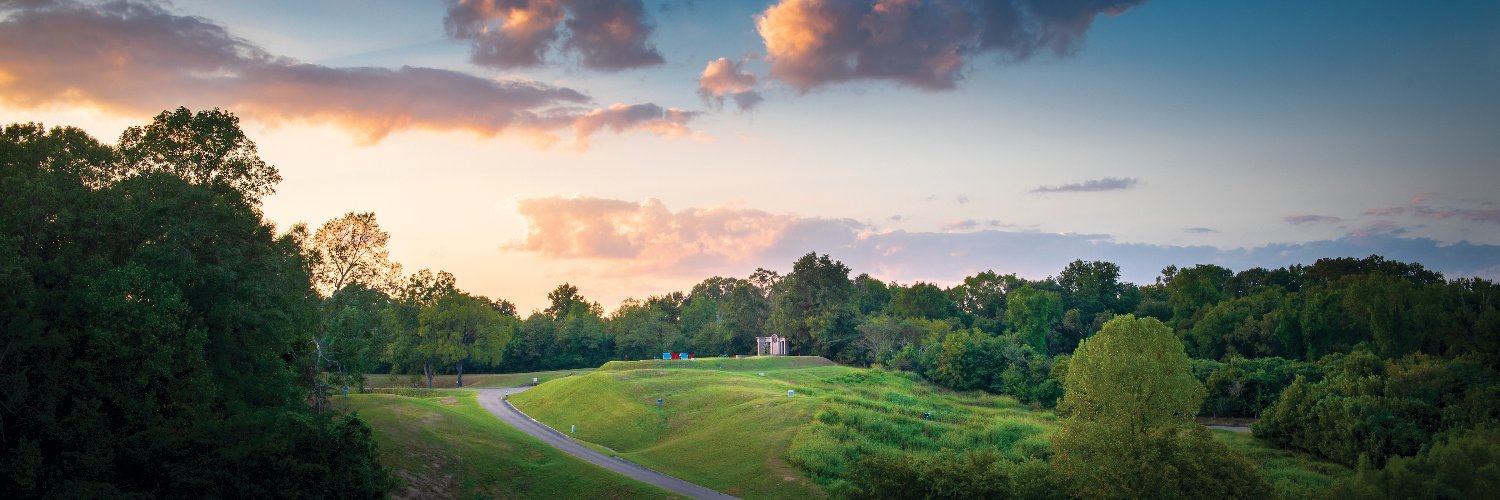
American Battlefield Trust
@Battlefields
We've saved more than 60,000 acres of American battlefield land. Join us and save our hallowed ground!
After helping to successfully capture the Confederate-held port of New Orleans in the spring of 1862, David Farragut was promoted to the rank of rear admiral #OnThisDay July 16, 1862. With this promotion, he became the first officer in the United States Navy to hold an admiral…
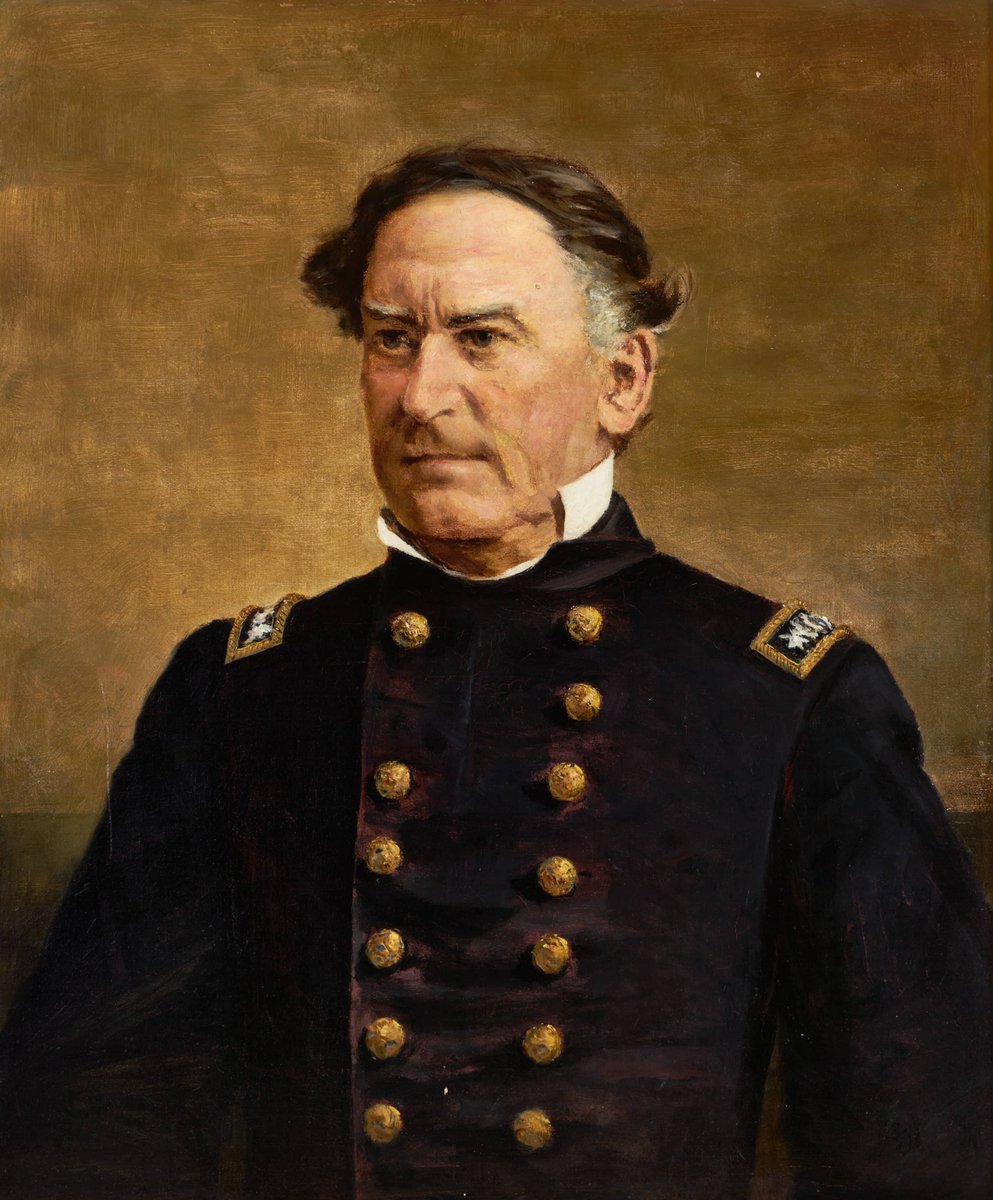
#OnThisDay July 23, 1885, Ulysses S. Grant died, surrounded by his family, in the parlor of an Adirondack cottage on the slope of Mount McGregor in New York. Today, visitors can tour the cottage and see the furnishings, decorations, and personal items as they were in 1885,…
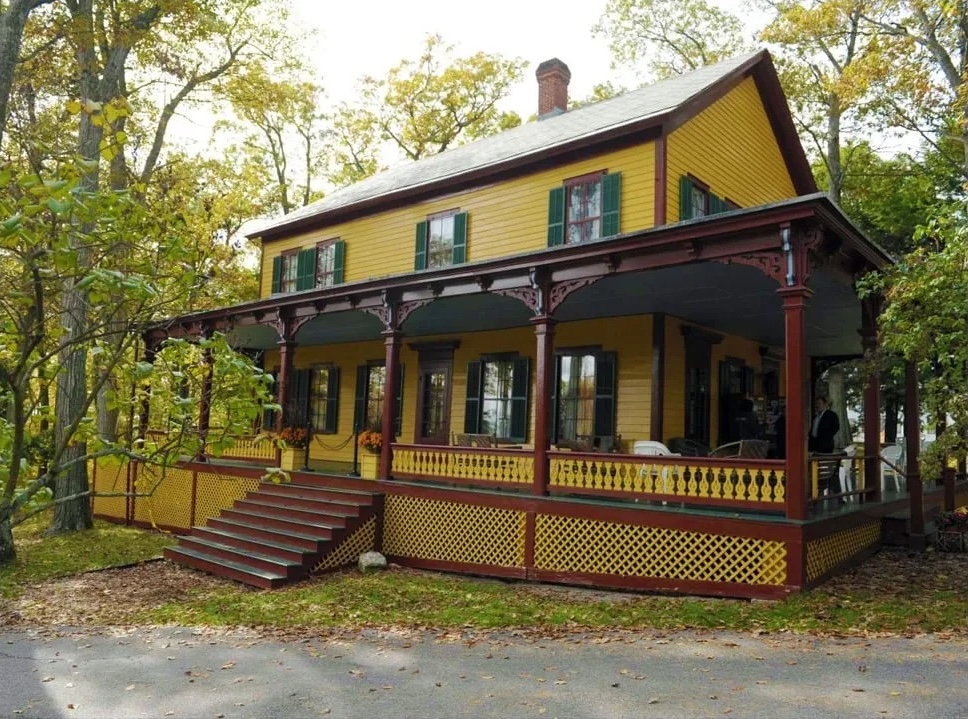
Like the other battles fought around Atlanta, the land where the Battle of Atlanta was fought #OnThisDay July 22, 1864, has been lost to development. Visitors can learn more about the battle via historical markers placed by the Georgia Historical Commission throughout the urban…
News of Union general James McPherson’s death during the Battle of Atlanta, #OnThisDay July 22, 1864, elicited sincere expressions of grief from both Union and Confederate soldiers, many of whom had been classmates of his at West Point long before the Civil War. Read more…
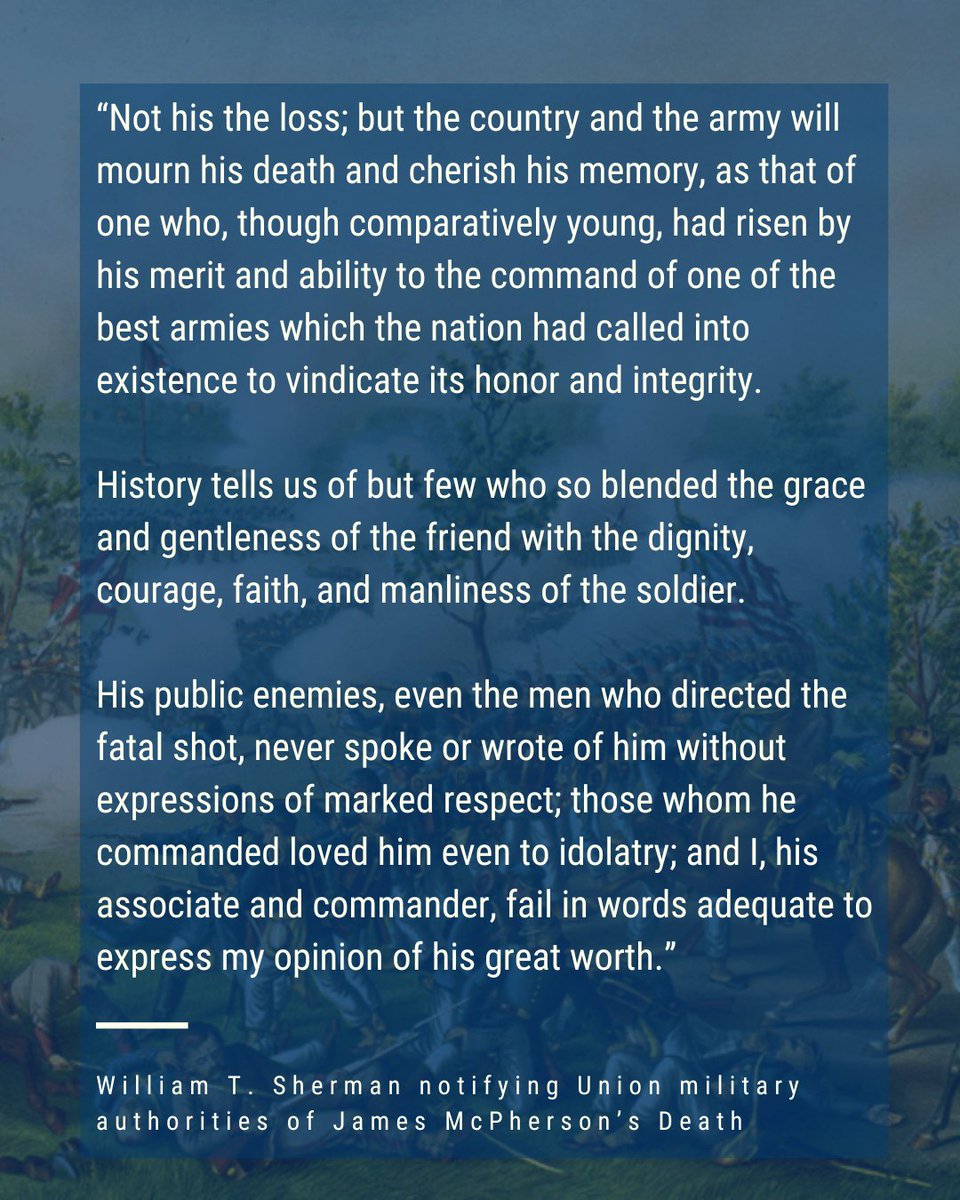
The Union victory at the Battle of Atlanta, the largest battle of the Atlanta Campaign that was fought #OnThisDay July 22, 1864, led to the capture of that critical Confederate city and opened the door for Maj. Gen. William T. Sherman’s most famous operation—the March to the Sea…
#DidYouKnow that Alexander Gardner was a Civil War photojournalist whose work has often been misattributed to Matthew Brady? While working under Brady, Gardner took the first photos of the dead on the battlefield, over 70 of which were included in Brady’s New York gallery without…
The First Battle of Bull Run, also known as the Battle of First Manassas, occurred #OnThisDay July 21, 1861. While marching towards the Confederate capital of Richmond, Virginia, Union Gen. Irving McDowell was intercepted by Confederate forces under Gen. P.G.T. Beauregard at Bull…
The largest and deadliest of all Confederate prison camps was Andersonville in Georgia. During its 14-month existence, the prison camp held more than 45,000 prisoners and became notorious for its poor sanitary conditions, malnutrition, overcrowding, and exposure to the elements…
#OnThisDay July 20, 1864, Confederate Gen. John Bell Hood, who had just replaced Gen. Joseph E. Johnston in the defense of Atlanta, Georgia, led an attack against Gen. William T. Sherman’s Union forces at Peach Tree Creek. Threatened by a Union force east of Atlanta, Hood shifted…
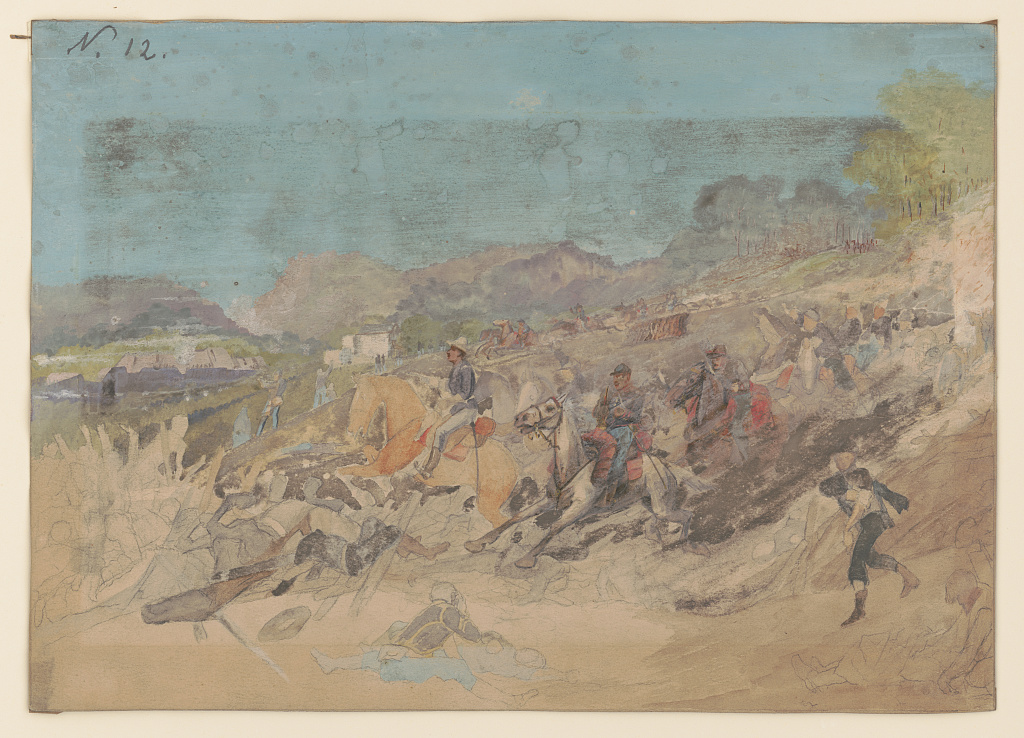
#DidYouKnow that the author of the first American chemistry book was also a signer of the Declaration of Independence? Benjamin Rush was a prominent Philadelphia physician and chemist who published the first book of chemistry in America, titled “A Syllabus of a Course of Lectures…
The Battle of Buffington Island, fought #OnThisDay July 19, 1863, was the only battle fought in Ohio during the Civil War. Among the Union ranks during the battle were two future U.S. Presidents, William McKinley and Rutherford B. Hayes, who helped repel the Confederate forces.…
In July 1864, a Union column pursued Confederate troops out of Washington, DC, following Confederate Maj. Gen. Jubal Early to the Shenandoah River. #OnThisDay July 18, 1864, the Confederates attacked at Cool Spring Farm on the river’s edge. The Union troops put up a stand behind…
#OnThisDay July 18, 1792, John Paul Jones, often referred to as the “Father of the American Navy,” died at the age of 45 while living in Paris, France. Due to limited financial means, a friend arranged for his funeral and burial in the Saint Louis Cemetery, which at the time…
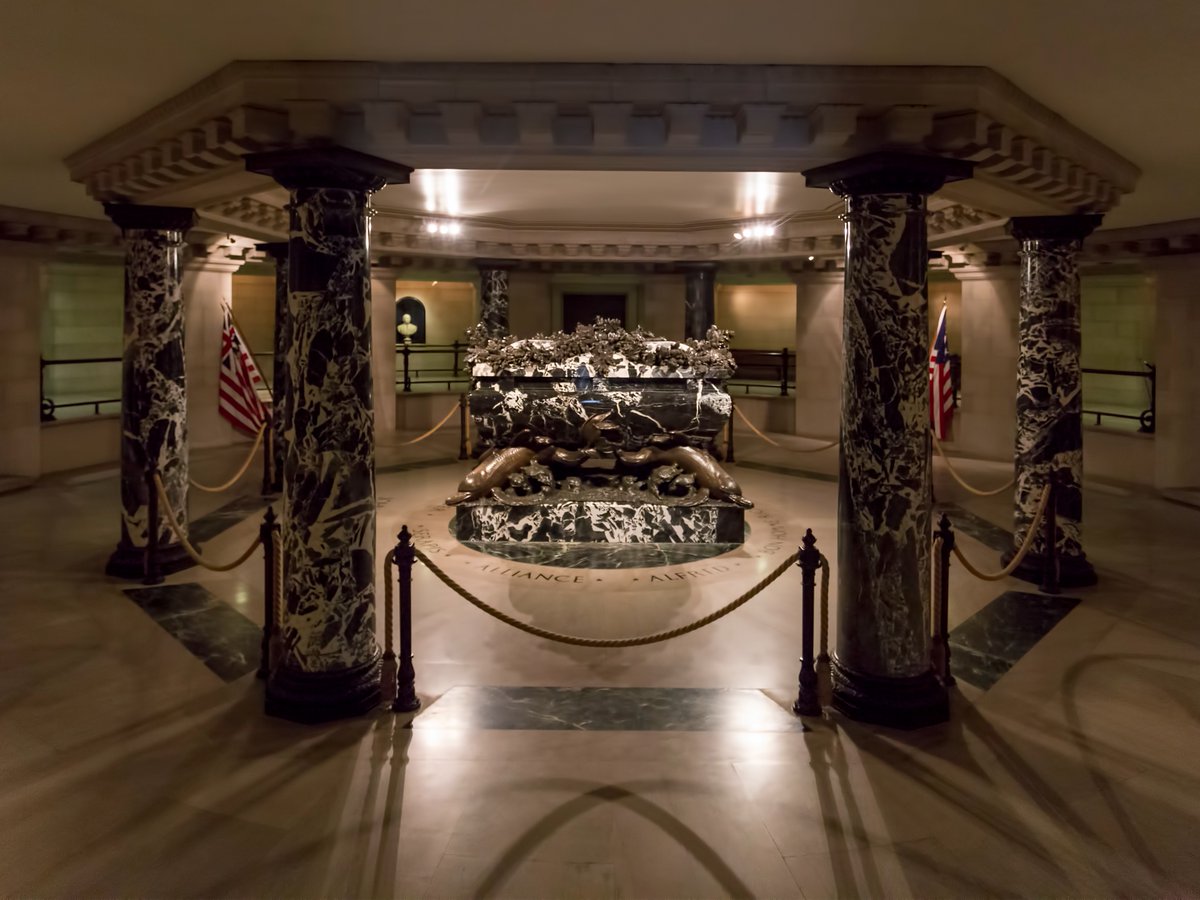
#DidYouKnow that pirates in the early to mid-17th century acted as middlemen between the American colonies and the Crown? Piracy was lucrative, and colonial governors supported it as it gave them greater access to goods in the Columbian Exchange. However, after the British Empire…
#OnThisDay July 17, 1863, Union forces under Maj. Gen. James Gilpatrick Blunt attacked the Confederate line at Honey Springs. For months, the Confederates had used the town as an outpost to attack Union supply lines. Hearing of an imminent attack by Confederate Gen. Douglas H.…
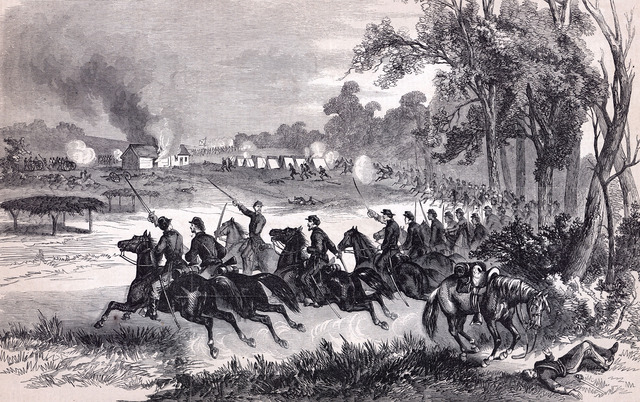
For many women in urban areas during the Civil War, employment at munitions plants and arsenals was not only patriotic but also dangerous. On September 17, 1862, a massive explosion rocked the Allegheny Arsenal in Pittsburgh, killing seventy-eight workers, many of whom were young…
The terms scouting, patrolling, picketing, and skirmishing were all common military terms during the Civil War. 🔴 Scouting involved sending a few soldiers ahead of an army to see what lay ahead of the advancing troops. 🔵 Patrolling involved passing along a road or region…
#OnThisDay July 16, 1779, nearly 1,500 American troops ambushed the British fort at Stony Point, New York. The fort was poorly defended, and the Americans easily breached its defenses. The loss of the fort was a stinging defeat for the British, although its capture proved to be…
For the first time in decades, we have a transformative opportunity to not only preserve but restore Gettysburg. The American Battlefield Trust is launching a multi-year restoration campaign, beginning with the McKnight House and Farm on East Cemetery Hill. Learn more:…
The American Battlefield Trust is embarking on one of the largest preservation projects in its history, a national fundraising campaign that will result in an 857-acre protected swath of land associated with one of the Civil War’s most significant battlefields. The 417 acres…